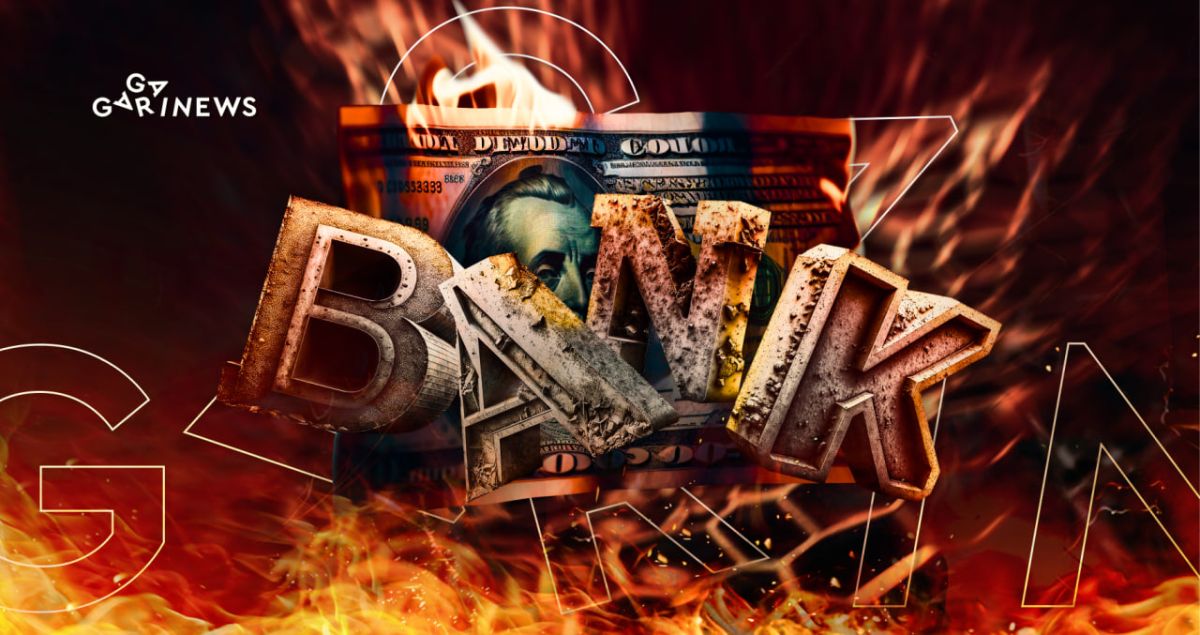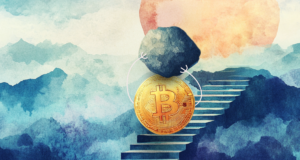Bitcoin Gets a Boost Amid First Republic Bank’s Bankruptcy

The crisis plaguing American regional banks intensifies. First Republic Bank (FRB) bankruptcy has become the second-largest in U.S. history, after the collapse of Washington Mutual Inc. in 2008. As of the end of April, FRB’s shares plummeted by 73%.
On this page
Oh no, not another one! First Republic Bank (FRB) has joined the club of American regional banks going bust. Unlike its predecessors Silicon Valley Bank, Signature Bank, and Silvergate, FRB didn't have anything to do with crypto or tech. Instead, it catered to the elite and held a sizable portfolio of long-term mortgage loans, which tanked in value due to the never-ending rise in Federal Reserve interest rates. To add insult to injury, depositors ran off with over $100 million in the first quarter.
The stock price of First Republic Bank. Source: Kaiko Research
After FRB's bankruptcy, the Federal Deposit Insurance Corporation (FDIC) took over the bank's operations. The FDIC then agreed to sell most of FRB's business to JPMorgan Chase & Co., one of the largest banks in the world. The regulator announced that JPMorgan would take over all FRB deposits worth $104 billion, while also acquiring a significant portion of FRB's assets for $229 billion. JPMorgan plans to share its loan losses with the FDIC.
JPMorgan's intervention couldn't even put a Band-Aid on First Republic's bankruptcy fallout. American regional banks suffered a nosedive in early May, with PacWest Bancorp, Western Alliance Bank, and KeyCorp losing 30%, 21%, and 10%, respectively. By plummeting by 5.2%, the regional bank index, KBW, hit rock bottom not seen since December 2020.
Shareholders are concerned that the shutdown of SVB, Signature, and the present insolvency of FRB could create a domino effect, toppling other mid-tier lenders. In a bid to mitigate conventional finance hazards, investors are pivoting towards virtual assets. Bitcoin's position has been strengthened as a direct result of the waning confidence in regional financial institutions, according to analysts at Kaiko Research.
As an illustration, FRC's stock income has trailed behind that of BTC and the S&P 500 since the beginning of March. Despite the pronounced volatility during daily trading, BTC soared by 7% in the last week of April. As an example, since March 8, the day of Silvergate's bankruptcy, Bitcoin has seen a 30% increase in value. Moreover, the S&P 500 stock index finished April in profit, but its progress since March's inception is only 4.4%.
Another notable metric is the correlation between Bitcoin and gold over the past 60 days. This correlation has reached its peak in several months, surpassing its correlation with the S&P 500 index for the first time in the last two years.
Bitcoin's correlation with gold and the S&P 500. Source: Kaiko Research
The burgeoning correlation between BTC and gold is a clear manifestation that investors consider Bitcoin a sanctuary in tumultuous times. Such an outcome is a byproduct of this asset's enhanced liquidity prospects, as highlighted by Kaiko Research.
Banks are tightening lending standards due to deposit churn, which in turn slows the economy and reduces the need for further rate hikes. Despite persistent inflation, the Fed is now largely expected to hike by 25 bps one last time at its meeting this week before pausing for the rest of the year
analysts summarize.
The content on The Coinomist is for informational purposes only and should not be interpreted as financial advice. While we strive to provide accurate and up-to-date information, we do not guarantee the accuracy, completeness, or reliability of any content. Neither we accept liability for any errors or omissions in the information provided or for any financial losses incurred as a result of relying on this information. Actions based on this content are at your own risk. Always do your own research and consult a professional. See our Terms, Privacy Policy, and Disclaimers for more details.




























